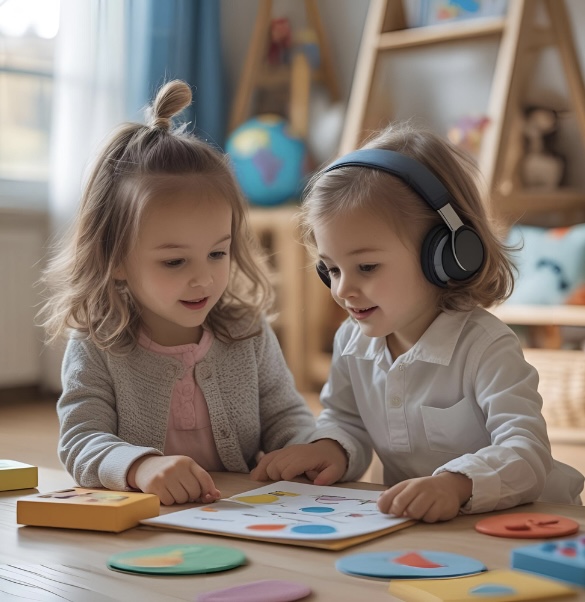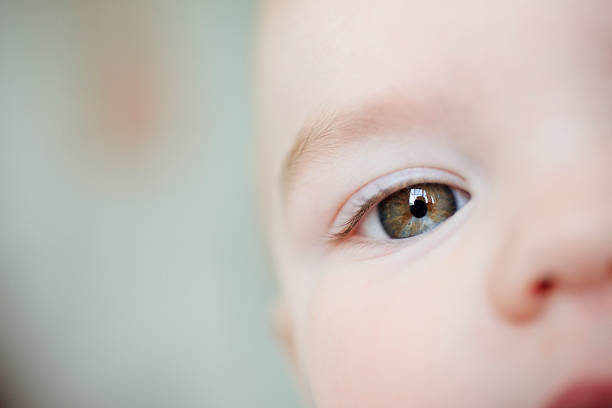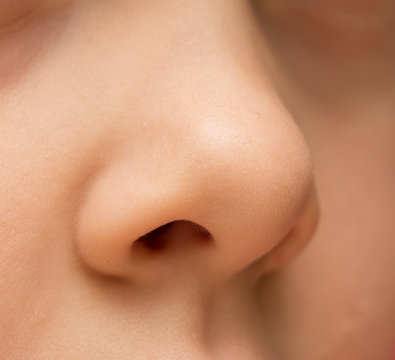Communication

Verbal Communication
There are many steps taken in learning verbal communication. Even without complex needs, this is a challenging process. Don’t give up though! We will look at some tips and strategies here and in other blog posts.
Steps to verbal communication
The communication steps are set out below:
- Pre-Intentional. Your child may smile or gurgle in response to events.
- Anticipatory. Your child looks and moves in advance of an event. An example is where you say several words building up to something like a hug or tickles. Your child starts to expect what happens in advance, and gets excited.
- Intentional. Your child points with their eyes, and indicates what they want. They may also physically point at something, particularly if they are used to objects of reference.
- Words and Ideas. Your child may point physically and with their eyes. They will start to use words, signs or symbols to express their wants or needs.
- Joining words and ideas. Your child talks about what they can see or do using words, signs or symbols. They may describe what they want to do or would like to happen.
- Abstract words and reasoning. Your child uses language to plan, question, negotiate and predict outcomes. They will start to talk about things beyond the here and now.
Communication professionals
Professionally, for a child with complex needs you may have a Speech & Language therapist (SLT). For children with complex needs, they will encourage you to stimulate all of their senses. This is so we can broaden their sensory experiences. In turn, this will provide plenty of opportunities for increased responses. As these children cannot easily explore the world around them independently, we can bring the world to them.
Stimulating the senses
We’ve mentioned the desire to stimulate the senses, so let’s explore some activity ideas.

Visual tracking
- Move a light or a colourful object slowly from side to side. Do this in front of your child’s eye line.
- Observe them to see if they track the object – are their eyes following it? Are they moving their head? When do they stop being able to see the object?
- Experiment with the distance between them and the object. This will also help you understand their visual range.
- Change the objects being used for this. Also try this with different people and in different surroundings.

Hearing activities
- Use a consistent song or piece of music ahead of a specific activity. This will build an association for your child between the activity and the song or music. If they hear this consistently, they may start to anticipate and predict the activity.
- Play different music and sing a variety of songs to your child. How do they react? Can you start to identify which ones they like and which they don’t like?
- If you pause the song, what do they do? Can they ask for more? Do they anticipate the song resuming?

Touch activities
- Present your child with different textures and materials. You can also trial different temperatures with for example ice cubes. How do they respond to them?
- Experiment with messy play, for example with kinetic sand or jelly.
- Do they prefer a light touch or deeper contact? Wet or dry sensations? Hot or cold? Do they like vibration effects?
- Try the materials on different limbs. Is it the same on both sides of their body? Are their arms or legs more or less sensitive, or is it the same? How do they react in general? Can they show a preference or if they want more? Be careful not to over stimulate them, as they may then become less responsive.

Smelling activities
- When playing with your child, try using different smelling creams or oils. For example, if massaging try and introduce some different smells. Take care to avoid any known allergies, and keep an eye out for adverse reactions.
- If your child is tasting food orally or via a tube, let them smell it first.
- When outside, get your child to smell flowers, herbs, plants etc. A walk around the local garden centre can be a good way of finding some variety.
- How do they react? Can you identify any preferences? Do they want more?
Further hints and tips to try
- Position yourself directly in front of your child, or in their line of vision. If your child has a visual Impairment, position the light behind them. This is something we do often with LB. Check if they track you or your voice if you move from side to side.
- Communicate in a variety of locations. There are always opportunities!
- Stop – wait – respond. This helps build anticipation. When carrying out an activity, pause and wait. Allow your child as much time as they need to respond, and be patient. Remember, they may need additional time to process and respond. It also helps them to understand they can influence the world around them.
- Observe. Keep an eye on how they are responding to different activities and stimulus. Are they more alert in some scenarios, or less alert in others? Does the time of the day or proximity to medication affect their response?
- Share your understanding of your childs communication preferences. If you notice certain activities work well, get others to use them. Also let the professionals know what is proving more effective for interacting with your child.
- You don’t always have to be making progress! If your child needs longer to adapt to a particular activity, it’s okay. They may need more time on particular communication steps than others. Go at their pace, as it is better to broaden their experiences and skills rather than rushing them.
Remember – you are the best toy for your child! Playing interactive games, singing, hiding or building anticipation can all be done without any additional equipment. This is the case for LB – he prefers human contact and interaction to any toy.
Sources of Further Information
https://www.thechildrenstrust.org.uk/news/connecting-through-communication
Brain injury